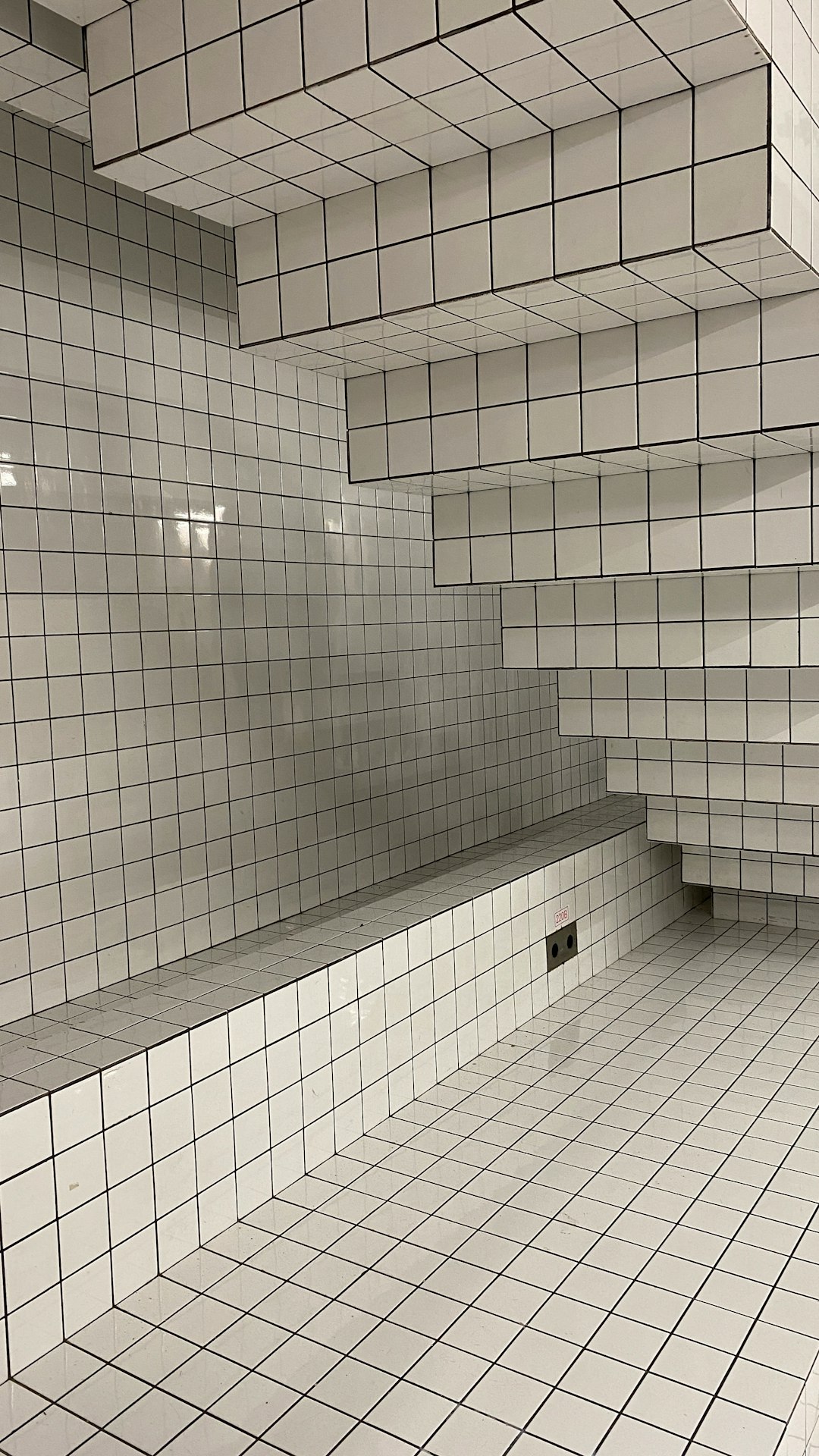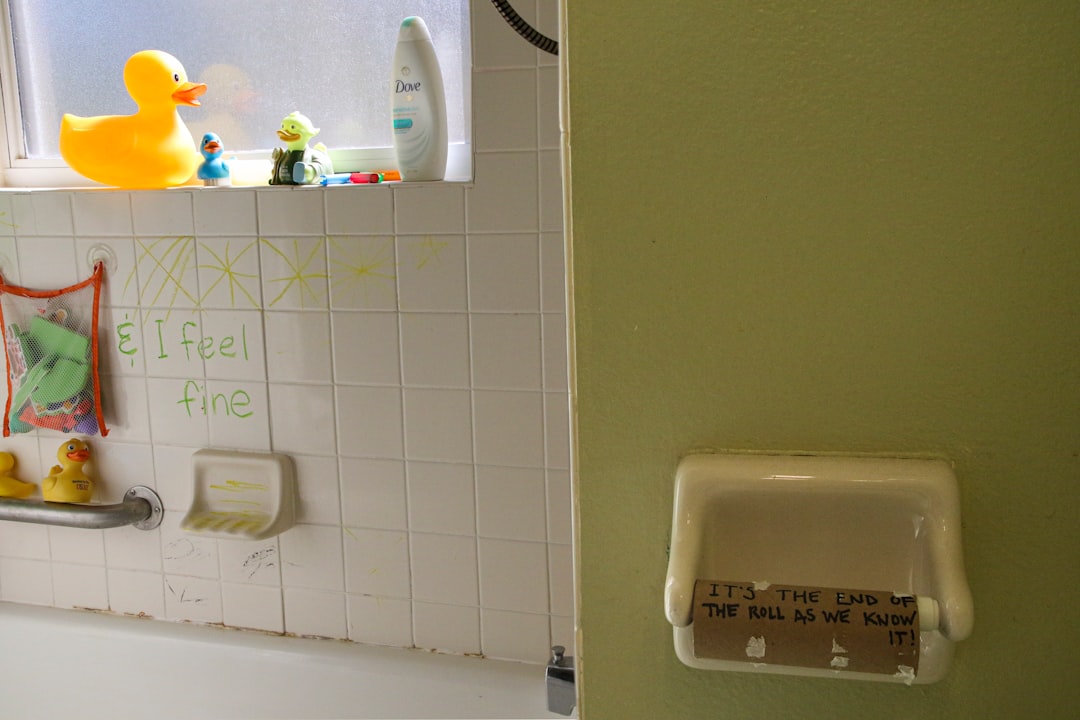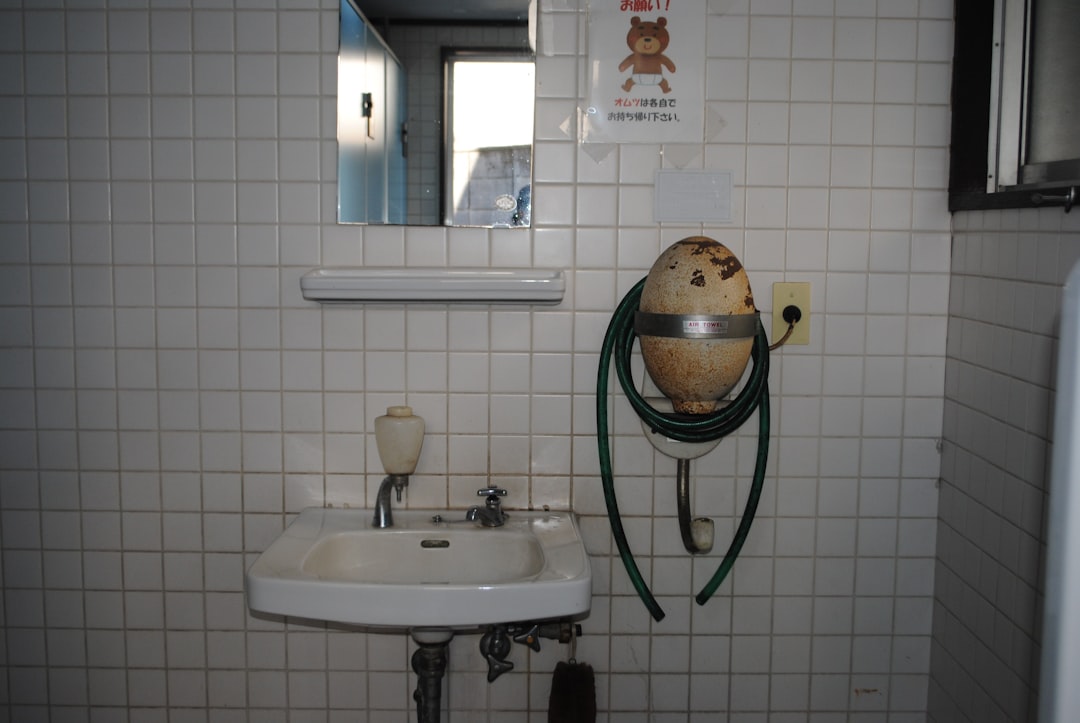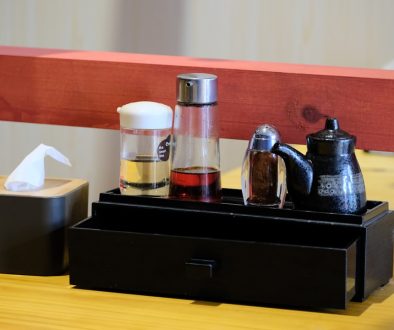Why vape detectors trigger in bathrooms
Ever sneaked a puff from your vape in a bathroom, thinking no one would know? Then suddenly, *whoop whoop* – the vape detector goes off! You panic. The mystery is solved: bathroom vape detectors are *smart, sneaky*, and very good at their job. But how do they work? Why are they especially sensitive in bathrooms? Let’s dive into this vaporous mystery.
What is a Vape Detector?
A vape detector is a small electronic device, designed to smell what’s in the air. Not literally smell, of course, but it *”tastes”* the air for particles made by vaping.
Vape detectors are often found in schools, businesses, and yes – public bathrooms. Why? Because bathrooms are *prime* vaping zones. They’re private, quiet, and often a go-to hiding place.
How Do Vape Detectors Work?
Here’s the cool part. Vape detectors don’t work like fire alarms, which look only for heat or smoke. Instead, they use special sensors to catch particles in vapor. Not just nicotine vapor – even *flavored* or *nicotine-free* vapes can be caught.
These detectors look for:
- Volatile Organic Compounds (VOCs)
- Particulate matter (tiny invisible particles)
- Changes in humidity or air quality
Once something suspicious hits the air, the detector sends a signal. That signal might go to a teacher, principal, or security app. And suddenly? You’re caught!

Why Bathrooms Are the Favorite Spot to Vape
If you ever went to school, you know the bathroom is more than just… well, a bathroom. It’s a social spot, an escape zone, and sometimes, a secret vape lounge.
Here’s why people vape in bathrooms:
- Privacy – Lock the stall, and no one can see you.
- Ventilation – Fans can hide smells or blow vapor away.
- Time – Between classes or breaks, it’s easy to sneak in.
But guess what? Vape detectors love bathrooms too – for the exact same reasons. The ventilation causes vape clouds to linger longer. The small space makes vapor easier to detect. And when the detector starts sniffing, there’s nowhere to run.
Why Vape Detectors Trigger in Bathrooms
*Now for the real question.* Why do detectors go off so easily in bathrooms?
There are a few reasons:
- High Sensitivity: Detectors in bathrooms are turned up to max sensitivity. They’re made to catch even the tiniest puff.
- Closed Air Space: Bathrooms aren’t wide open. Vape particles get trapped fast, and the detector doesn’t miss them.
- No Competing Odors: Unlike kitchens or locker rooms, bathrooms don’t have strange overwhelming smells all the time. So the vape sticks out.
- Humidity Level Changes: Some detectors spot sudden changes in humidity or air pressure. When you blow out vapor, it messes with the air instantly. The sensor says, “Aha!”
Ever noticed how bathroom air feels thick after someone vapes in it? That thickness is a red flag to advanced sensors. It’s like waving a neon sign saying, “I JUST VAPED!”

Advanced Detectors Are Even Smarter
Think vape detectors just beep and blink? Think again. The latest ones are like AI-powered ninjas. Some come with:
- Sound detection – to catch loud whispers or conversations
- Motion sensors – to track movement inside stalls
- Camera-less alerts – to protect privacy while still getting data
- Real-time alerts – send messages to phones or dashboards instantly
And they don’t stop at vapes! Some detectors can even alert for aggression, noise, or tampering. Covering the detector? Pulling it off the wall? That may trigger an even faster alert.
Soap Steam vs. Vape Stream
“But I was only washing my hands!” you might say. Fair, but not every cloud is innocent.
Sometimes, bathroom steam (like from hot water or showers) can set off sensitive sensors. But here’s the trick – detectors are trained to tell the difference. How?
- Density – Vape clouds are thicker and last longer than water steam.
- Chemicals – Vapor contains oils and chemicals. Steam doesn’t.
- Odor patterns – Detectors can recognize hydrosols or fruity smells vaping produces.
So saying it was just hand soap won’t always save you!
Can You Fool a Vape Detector?
Short answer? Probably not.
People have tried tricks like:
- Blowing smoke into the toilet
- Turning on vents
- Vaping inside their sleeves or shirts
- Using low-vapor devices
Still, many of them get caught. Vape detectors are updated regularly and trained on new brands, devices, and techniques. You might trick it once, maybe even twice. But not for long.
Who Gets the Alert?
When a detector is triggered, where does the alert go? It depends on the system. Usually it’s sent to:
- School administrators
- Security teams
- Facility managers
Some schools even notify parents right away after a few incidents. A quiet bathroom puff can quickly turn into a serious conversation at home.
Why Vaping in Bathrooms is a Big Deal
Aside from getting caught, there are reasons why bathrooms are vape-free zones:
- Health – Vapor stays trapped. Others may breathe it in.
- Fire Safety – Some devices get hot or short-circuit.
- Respect – Not everyone wants to smell or breathe flavored clouds.
Plus, restrooms are shared spaces. What happens in there affects everyone else who uses the space.
Final Puff – The Takeaway
Vape detectors are designed to keep people safe. They do a great job at spotting vaping fast – especially in bathrooms. These devices are always learning and evolving. The more people try to sneak a puff, the smarter the detectors get.
So next time you’re in a bathroom and think no one’s watching – remember those tiny, blinking sensors see (and *smell*) everything.

The best tip? Save the vaping for where it’s allowed — or maybe just skip it altogether.
- Best pod coffee makers for busy mornings - October 29, 2025
- Why vape detectors trigger in bathrooms - October 28, 2025
- Creatine gummies: benefits and caveats - October 28, 2025
Where Should We Send
Your WordPress Deals & Discounts?
Subscribe to Our Newsletter and Get Your First Deal Delivered Instant to Your Email Inbox.



